THE BODY OF TRAUMA
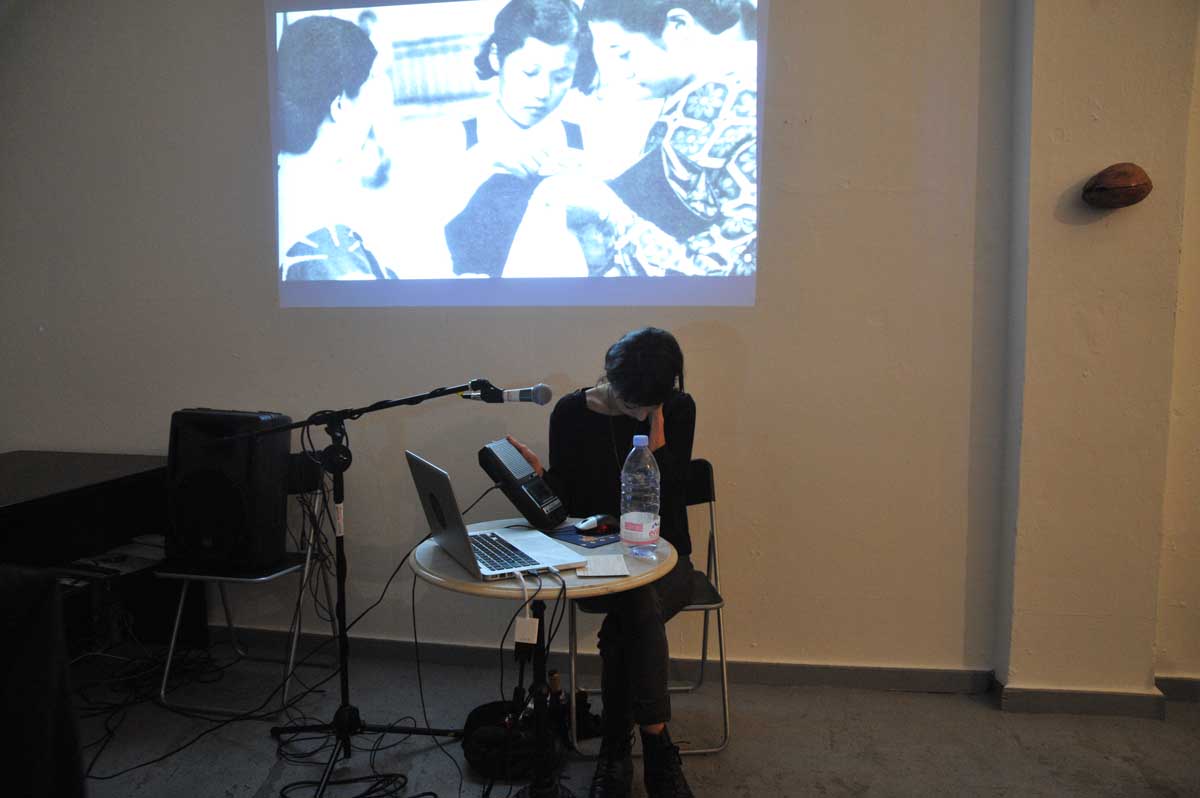
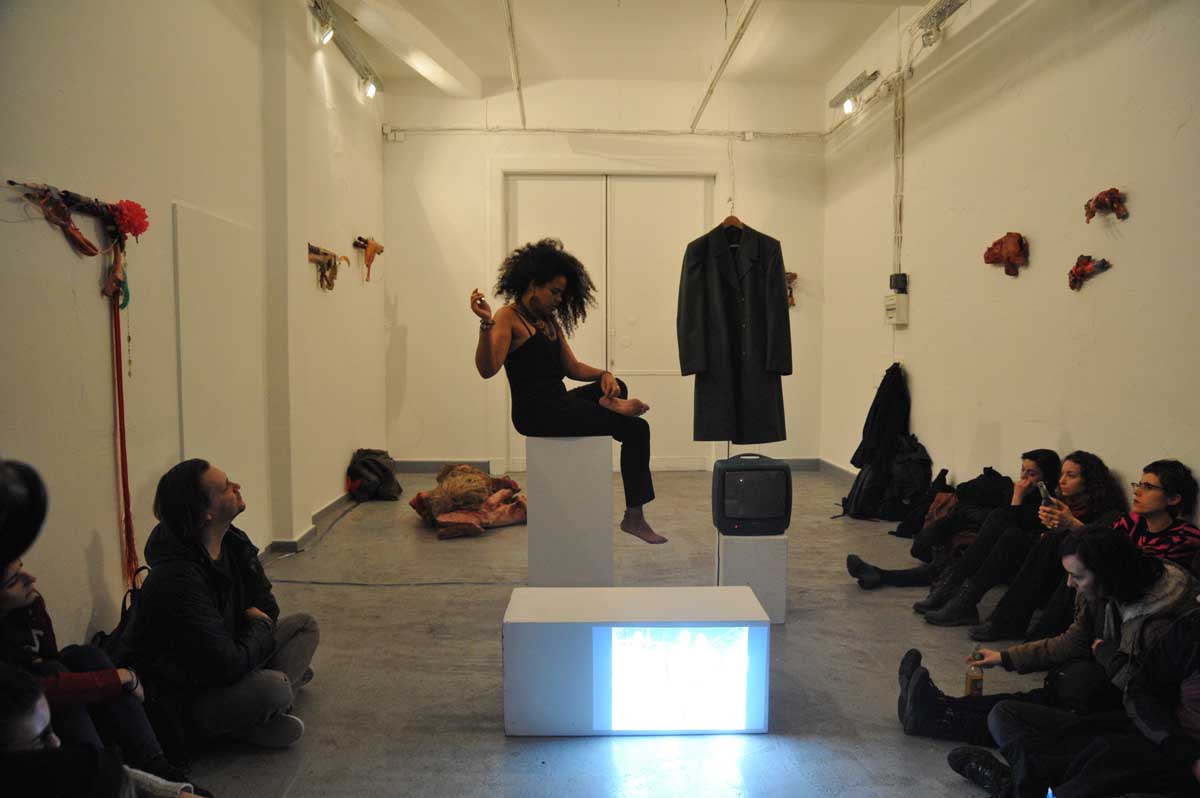
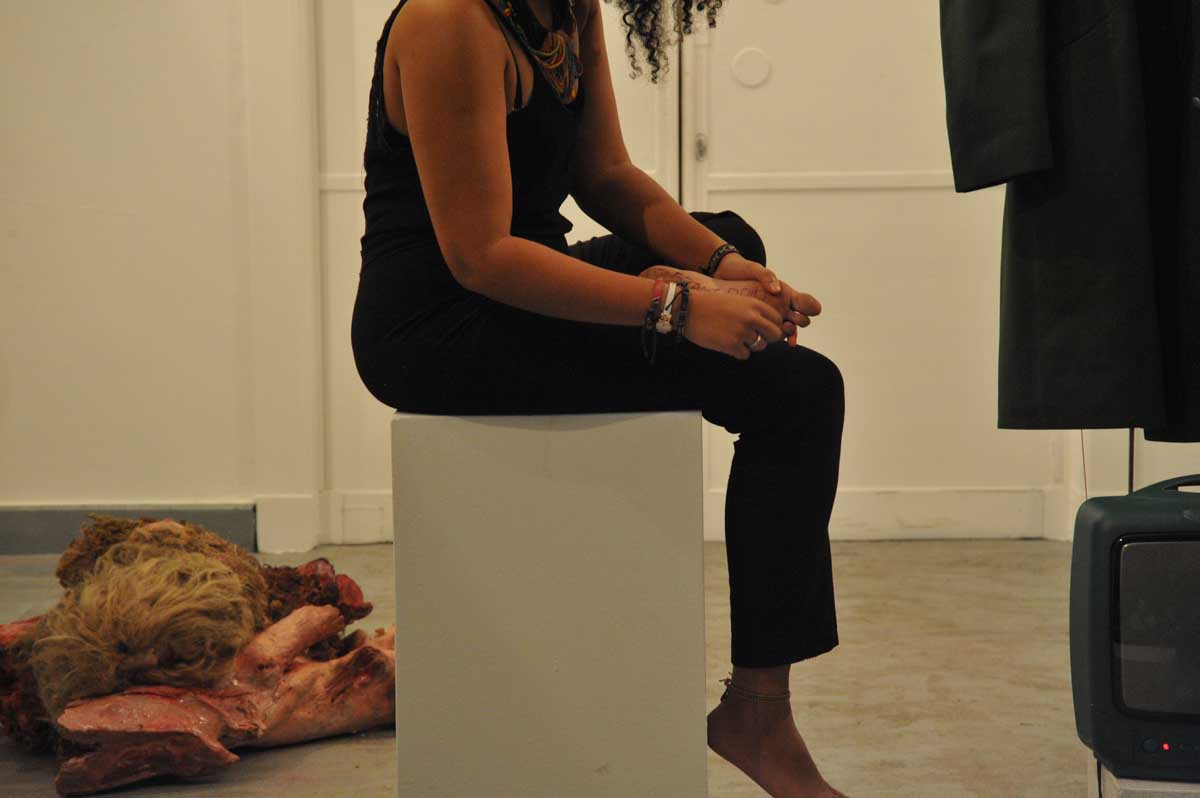
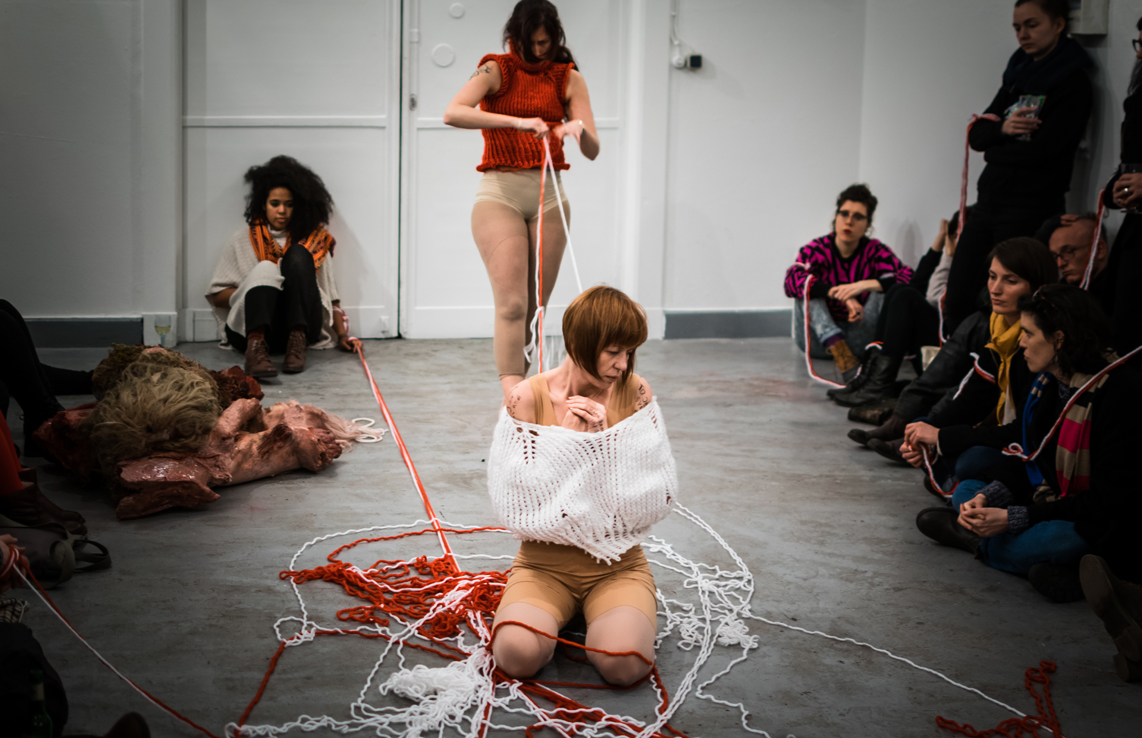
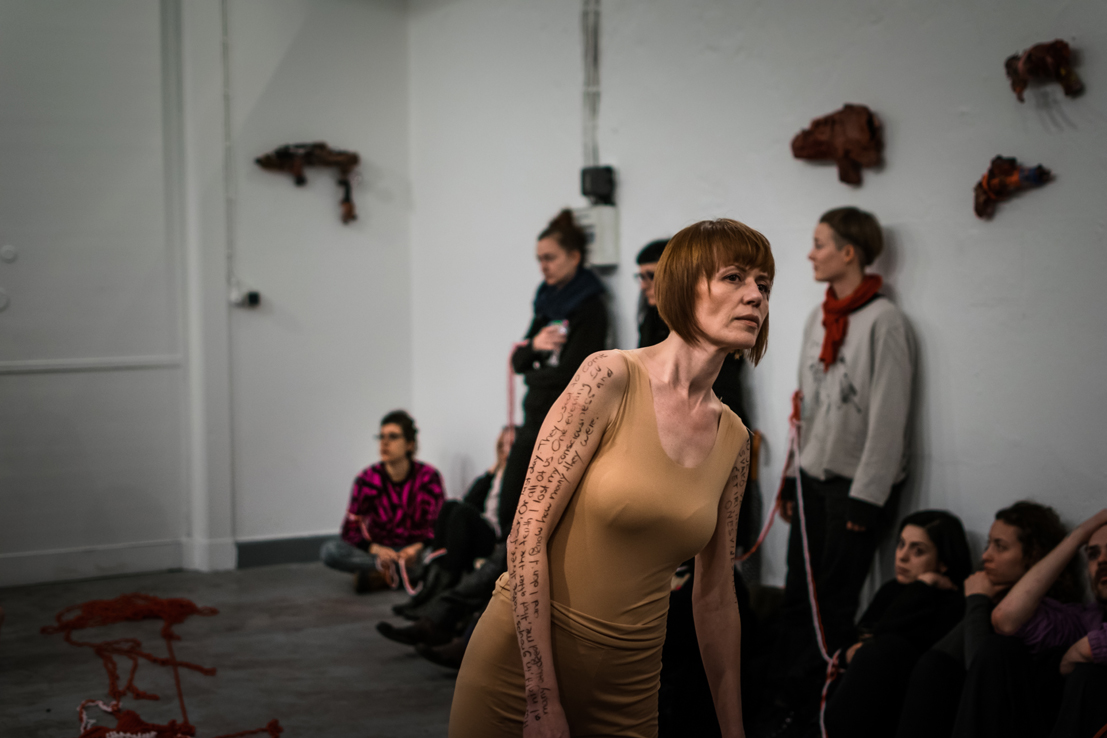

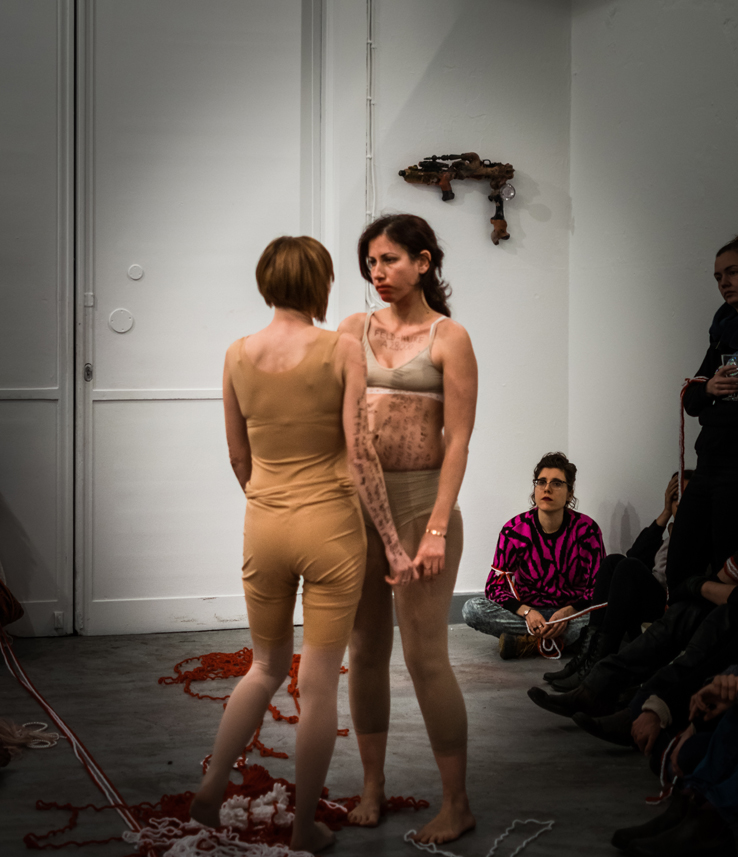

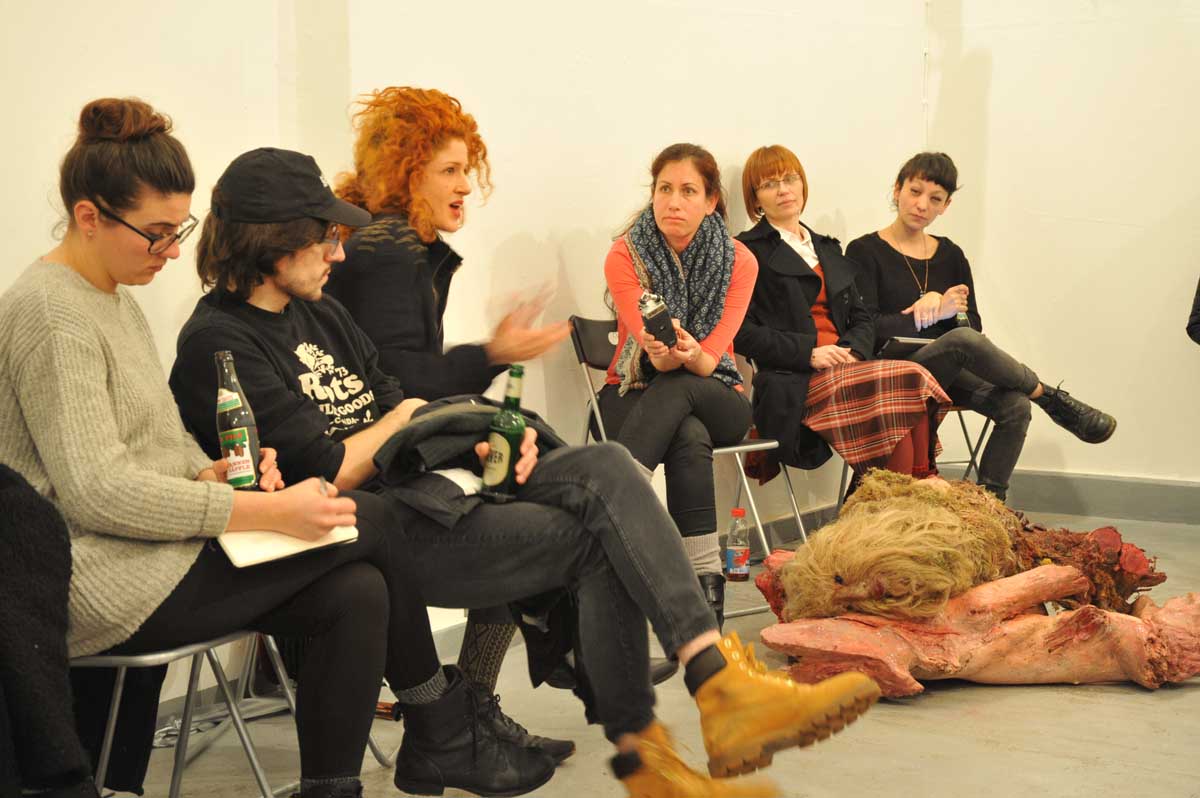

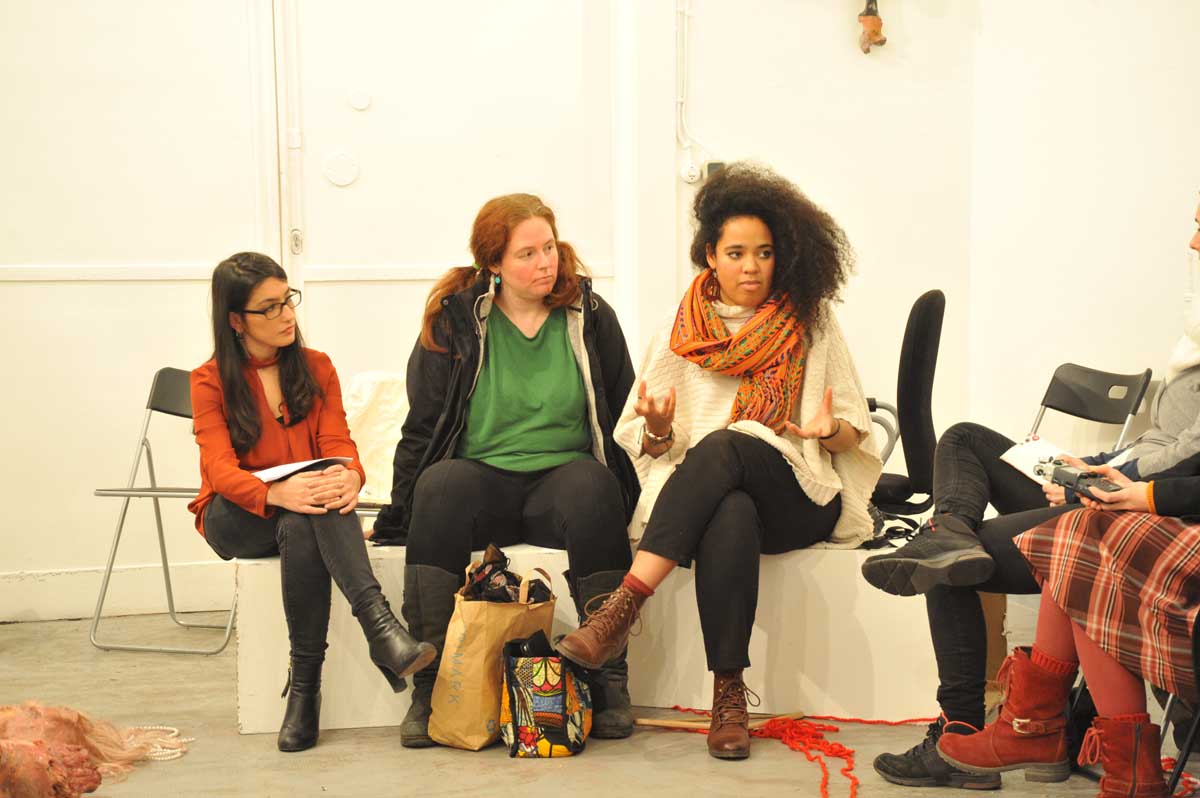
Photos by: Alpha nova kulturwerkstatt & galerie futura and Nili Raz Almog
The Body of Trauma:
Screening, Performances, Artist Talk
with:
Nine Yamamoto-Masson: Inextinguishable Fires (2015)
Nathalie Bikoro: Plantation Memories (2016)
Sanija Kulenovic & Adi Liraz: ExDress: The Body of Trauma (2016)
Artist Talk: Sanija Kulenovic, Adi Liraz, Moran Sanderovich
moderated by Armeghan Taheri
The event is curated by: Adi Liraz
Sexual violence during wartime leads to long-lasting trauma and suffering. Designed not only to inflict bodily harm but also to terrify women and girls, humiliate them, their families and their communities, the legacy of sexual violence includes a mass of physical and psychological trauma – many of which persist for decades and have often intergenerational impact. As such, it is not a temporary aberration or a one-off assault on an individual but a broad and systematic tactic that is mobilized against vast numbers of women and used to subdue entire populations. Yet, patterns of sexual violence are not only an instrument to harm a community but a crime against women as women. Many stories and voices of survivors of sexual violence have never become part of our collective memory, never formed part of a wider public and cultural narrative and have therefore never been able to become visible as part of our public consciousness. In this sense, the artists in the exhibition Wounderland and the event Body of Trauma, retell the history of women who have experienced sexual violence and sexual trauma during war. In the exhibition’s closing event Body of Trauma, which includes a screening, performance and artist talk, the artists provide a voice to some of the untold stories by relating to the traumatic experience of women during war through tools and motives like femininity, hand crafts and maternity. Through these tools, the artists tell the story of Japanese and Korean comfort women who were women and girls forced into sexual slavery by the Imperial Japanese Army and coerced into playing the role of sexual conscripts for the Japanese Army during WWII; the story and memories of the abuse suffered by Afro-German and African Diaspora women during the WWI & WWII, the story of Bosnian women who suffered systematic mass rape and experienced forced pregnancy as part of the Serbian genocidal ethnic cleansing policy during the Yugoslavian civil war; the story of Jewish women who were raped and abused in the occupied villages and cities during WWII. In the event, Moran Sanderovich’s work will be accompanied by the artists Nathalie Mba Bikoro, Adi Liraz, and Nine Yamamoto-Masson as well as a short lecture by Sanija Kolenovich on “Transitional justice as a vital condition for trauma processing in post-conflict societies.” The participants engage critically with the cultural amnesia resulting in the erasure of victims and their voices, the complexity of the binary identities of perpetrator vs victim, the body of women used for collective punishment, as well as the meaning of the societal role of women as child bearers in dealing with sexual violence and trauma.
Armeghan Taheri with Adi Liraz, November 2015
Moran Sanderovich, Wounderland (2015)
In Wounderland, Moran Sandervich’s sculptures expose how sexual trauma leads to the emergence of a new reconfiguration of emotional, psychological, physiological and physical existence. The artist displays the strange transformations from wounds to wonders through sculptures that embody fantastic beasts, mutations of bodies. Her sculptures gained enhanced abilities through their trauma, a new (dis)abled body floating between life and death and inheriting super powers as a result of empowerment. They are trapped in the spiral of reliving trauma that has not been overcome. In her work, the artist connects to our animal instincts as the sculptures represent bodies that are frozen as the predator is threatening their lives. The Exhibition will be accompanied by poems by Alma Lily Rayner.
Sanija Kulenovic & Adi Liraz: ExDress: The Body of Trauma (2016)
ExDress is a series of site and time specific interactive performances and public interventions. The artists, Sanija Kulenovic and Adi Liraz, are commemorating their personal and collective memories and their Muslim and Jewish heritages by connecting themselves through two dresses that are changing, dissolving and (re)attaching during the course of the performance.
In “The Body of Trauma” Kulenovic connects herself to the history of the women in Bosnia, who have experienced sexual violence as a deliberate military strategy. As part of the ethnic cleansing program, sexual violence was perpetrated by the Serbian (Christian orthodox) forces who used rape as a tool to dominate, terrorize, and instil fear into the non-Serbian communities, especially the Bosniak-Muslim communities. Many of those women gave birth to children as a result of rape.
At the same time, Liraz connects herself to the untold stories of sexual abuse and organized rape committed by German soldiers against Jewish women during WWII. The history of these women has been largely excluded from the Jewish post-war trauma. Jewish women who experienced rape during WWII were expected to commit suicide rather than letting someone touch their bodies - as the body is perceived as a ‘tool’ which can be touched only by the members of the religion and the community. The revealing of these stories becomes a similar process to the revealing of the untold stories of the Palestinian experience: the invisibility of the abused (female) body, and the stories, which are being told by the perpetrator.
Through the experience of being silenced and revealing these stories, the artists connect the audience to the untold experience and include the audience in the healing process of overcoming traumata.
Nathalie Bikoro: Plantation Memories (2016)
Plantation Memories (2016)
The performance is a visual narrative exploring the history of Germany's colonial past of 1889-1945 and its impact to present memory. The artist investigates her own biography as a descendant of African POW's in German camps in WWI introducing her great-grandfather's experience in the labor camp in north Gabon.
The narrative challenges the visibility and invisibility of Afro-German and African Diaspora women during the WWI & WWII and their role as founders of human rights movements. This invisibility is transformed through sound archive memories in prayer, song and story-telling through the voices of sons, husbands and fathers prisoners in colonial camps in Germany to declare emancipation and talking of the presence of the women as a form of resistance. The work acts as a testimony to the invisible war fought by the German, French and British colonies through the experience of African diaspora and questions the position of arriving to post-colonial discourse.
Nine Yamamoto- Masson: Inextinguishable Fires (2015)
Inextinguishable Fires points to the ethical-forensic dilemma of the documentary image and of scientific accounting of a crime, whose main feature is the very erasure of victims, voices and traces. Through image, text, voice – and the tension and blind spots between these – this piece discusses the epistemology of the absent image in memory-work and transnational and intergenerational solidarity with “comfort women”, girls and women from the colonies forced into sexual slavery by the Japanese military during World War II. Witnessing, and the telling of this trauma is necessary for advocacy and legal proceedings towards justice and against revisionism, but are further complicated by the latent violence in the images and their complicity in the crime – in the recording, distribution and the interpellation of viewers.
The event took place in the frame of the show "Wounderland" by Moran Sanderovich at Alpha nova kulturwerkstatt & galerie futura on January 30th 2016